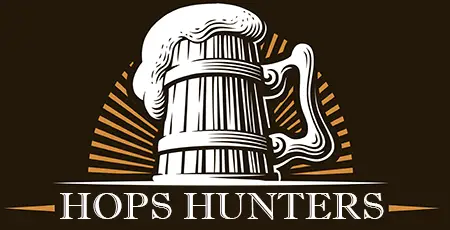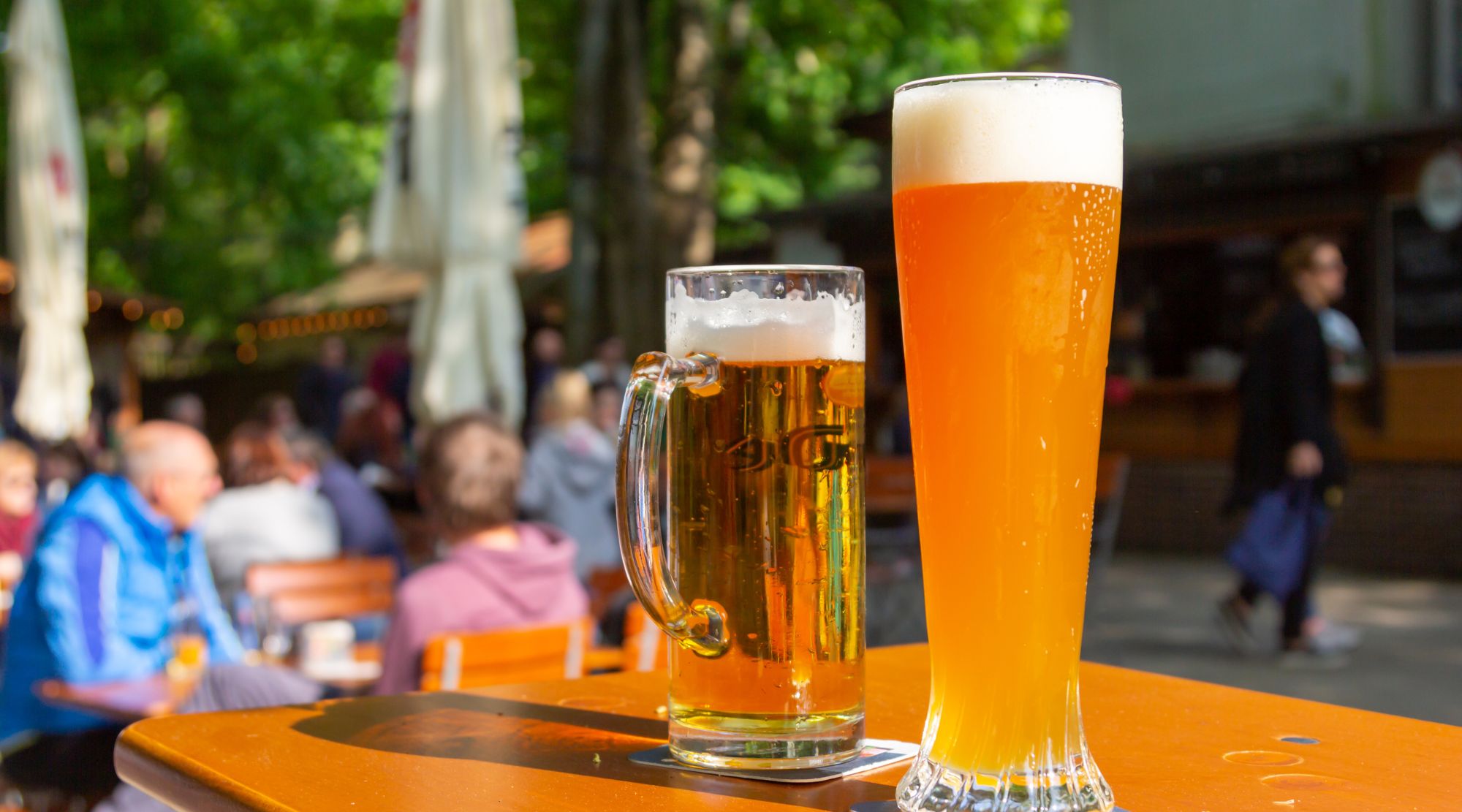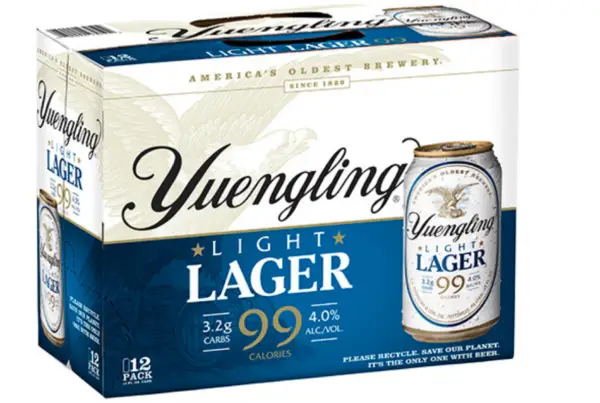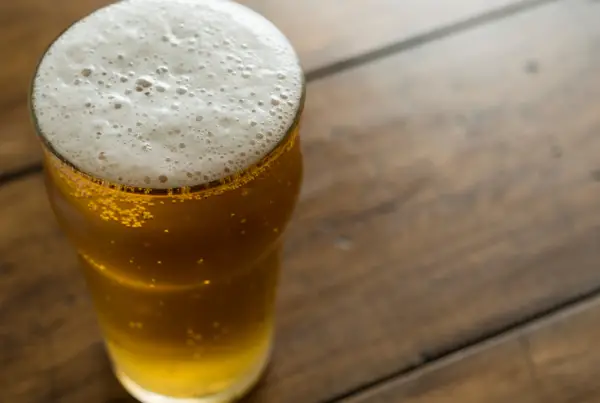What Is A Table Beer? A Complete Guide
The world of beer is filled with a vast array of styles and flavors, ranging from hoppy IPAs to rich stouts. One style that has been gaining popularity recently is table beer, also known as “bière de table” in French, which is a low-alcohol option that is meant to be enjoyed alongside meals or as a refreshing alternative to higher ABV beers. In this article, we will explore the characteristics and brewing process of table beer, as well as its history and serving suggestions.
Definition of Table Beer
Table beer refers to any low-alcohol beer with a typically light body and flavor profile. While there is no universal definition for what constitutes a table beer, they are generally considered to have an ABV (alcohol by volume) between 0.5% and 3%. This makes them significantly lower in alcohol content than most beers on the market today, which can range from 4% to upwards of 10%.
Brief History of Table Beer
Table beer has roots in Europe dating back centuries. In Belgium, it was traditionally brewed by monks for consumption during meals or other daily activities. Belgian table beers are often referred to as “saison” which means season in French since they were often brewed during the cooler months for consumption during summer when water was scarce due to evaporation.
However, today table beers can be found all over the world with different variations in countries like Germany and America where they’re commonly known as session beers. The resurgence in popularity can be attributed in part to the trend towards healthier lifestyles where low alcohol content options are preferred over high-caloric or hangover-inducing drinks.
Characteristics of Table Beer
Alcohol Content
Table beer, also known as session beer, is a beer that has a lower alcohol content than most other beers. Typically, table beers have an alcohol content ranging from 1% to 4%, making them a great option for those who want to enjoy several beers without feeling too tipsy. This low alcohol content also makes them perfect for pairing with food since they won’t overwhelm the palate or leave you feeling too full.
Flavor Profile
The flavor profile of table beer varies depending on the style and region where it was brewed. However, in general, table beers tend to be light and refreshing with a clean finish.
They often have subtle notes of hops and malt but are not overly bitter or sweet. Some table beers may have fruity or spicy undertones as well.
Carbonation Level
Table beers typically have medium to high levels of carbonation. This carbonation helps to provide a refreshing mouthfeel when drinking the beer while also enhancing its aroma and flavor profile.
Color and Clarity
Table beers can come in a range of colors from pale straw yellow to deep amber hues. The clarity of the beer will depend on the brewing process used by the brewer. Some brewers may prefer to have their table beers cloudy while others will aim for crystal-clear clarity.
Overall, table beer is defined by its drinkability and lower alcohol content compared to other types of beer. Its characteristics make it an excellent choice for those who want an easy-drinking beverage that pairs well with meals or snacks without leaving them feeling too full or buzzed.
Brewing Process of Table Beer
Ingredients used
Table beer is typically made with a simple malt bill consisting of mostly Pilsner malt, along with some specialty malts such as Munich or Vienna. Hops are also used in the brewing process, but in smaller quantities than in other styles to achieve a more balanced flavor profile. Yeast is another important ingredient in table beer production, as it greatly influences the final flavor and aroma.
Mashing and boiling process
The mashing and boiling processes for table beer are similar to other beer styles. The mashing process involves mixing hot water with the grains to create a mash, which is then heated at specific temperatures to activate enzymes that convert the starches into sugars.
The resulting liquid is then boiled with hops for flavor and bitterness. The length of the boil can vary depending on the brewer’s preference.
Fermentation process
Once boiled, the wort is cooled and yeast is added for fermentation. Fermentation takes place at a slightly lower temperature than other beer styles to produce a cleaner-tasting beer with less fruity esters.
The fermentation process can take anywhere from one week to several months depending on the brewer’s preference. Overall, while the brewing process for table beer may seem simple compared to other styles, it requires precision and expertise to create a well-balanced, flavorful brew that pairs well with food.
Styles of Table Beer
Belgian Table Beers: The Epitome of Style and Grace
Belgium is known for its beer culture, and Belgian table beers are no exception. These beers have been brewed for centuries and have a long history within the country’s brewing traditions.
They are typically light-bodied with lower alcohol levels, making them an ideal option for pairing with food or enjoying in sessions. Belgian table beers often showcase a complex flavor profile, featuring notes of fruit, spices, and earthy undertones.
German Session Beers: A Refreshing Option for All Occasions
German session beers, also known as “kellerbiers,” are light-colored lagers that have been brewed for centuries in Germany. These beers boast a crisp flavor profile with hints of grainy sweetness and a trace of subtle hop bitterness.
German session beers are traditionally served unfiltered and unpasteurized, giving them a cloudy appearance that is highly sought after by beer enthusiasts.
American Session Beers: The New Kid on the Block
American session beers are relatively new to the craft beer scene but have quickly gained popularity among consumers seeking lower ABV options.
These beers are often inspired by traditional British pub ales but feature American-grown hops that add a distinctive citrusy aroma and taste. American session beers can range from light-bodied lagers to full-bodied IPAs, providing drinkers with an array of options to suit their palates.
Each style of table beer offers its own unique characteristics that set it apart from the others. Whether you prefer the complexity of Belgian table beers or the refreshing simplicity of German kellerbiers or American session beers’ new twist on classic styles – there is undoubtedly an option out there perfectly suited to your tastes as well as your lifestyle choices!
Serving and Pairing Table Beer
Ideal Serving Temperature
When it comes to serving temperature, table beer should be treated similarly to other beer styles. Generally speaking, most table beers taste best when served between 40-50°F (4-10°C).
This temperature range allows the beer’s flavor profile to shine and makes for a more pleasing drinking experience. However, depending on the specific style of table beer you are drinking, it may be appropriate to serve it slightly warmer or colder.
Glassware Options
While there is no “right” glassware for serving table beer, certain options can enhance the drinking experience. A traditional Belgian tulip glass can highlight the aromas and flavors of a Belgian-style table beer.
Alternatively, a shaker pint glass or even a standard tumbler can work just fine for German or American-style session beers. Ultimately, choose a glass that feels comfortable in your hand and allows you to appreciate the color and clarity of the beer.
Benefits of Drinking Table Beer
Lower Alcohol Content Makes It a More Sessionable Option
Table beer typically has a lower alcohol content than other types of beer, making it a great choice for those who want to enjoy several beers during a social gathering or meal without getting too intoxicated.
With lower alcohol content, you can drink more table beer without feeling the effects of its high-ABV counterparts. This makes it perfect for long conversations with friends or family over food and drinks.
Can Be Enjoyed with Meals Without Overwhelming the Palate
Table beers are known for their drinkability, which makes them an excellent option to pair with meals.
They have subtle flavors that won’t overpower the taste of food and won’t leave you feeling bloated or overly full after eating. Unlike other types of beer, table beer is meant to be consumed with food and won’t interfere with the overall flavor profile of your meal.
Provides a Refreshing Alternative to Higher ABV Beers
If you’re looking for something refreshing but not too heavy on the palate, then table beer is an excellent choice. Its light-bodied nature makes it easy to drink, while its subtle flavors make it an ideal thirst quencher on hot summer days.
Table beers also tend to be less expensive than other types of beer, making them more accessible and budget-friendly.
Table beer is a versatile and refreshing beverage option that offers several benefits over higher ABV beers. Its lower alcohol content makes it ideal for drinking in social settings without becoming overly intoxicated while still providing enough flavor to satisfy any palate.
Conclusion
Table beer may not be as well-known as other beer styles, but it has a rich history and unique characteristics that make it a standout option for beer lovers.
Final thoughts on the importance and appeal of table beer as a beverage option
Table beers are a fantastic option for those who enjoy drinking beer but don’t want the high alcohol content that often comes with it. They provide a refreshing alternative that can be enjoyed throughout an entire meal without overwhelming the palate or leaving one feeling excessively drunk.
Brewers have also been experimenting with different styles of table beers, making them more widely available to consumers.
Overall, table beers offer an exciting opportunity to explore new flavors and expand one’s palate. This style may not be for everyone, but those who appreciate it will find that it offers plenty of variety and enjoyment.
Curious about other styles of beer? Check out all of our beer-style-related articles.






